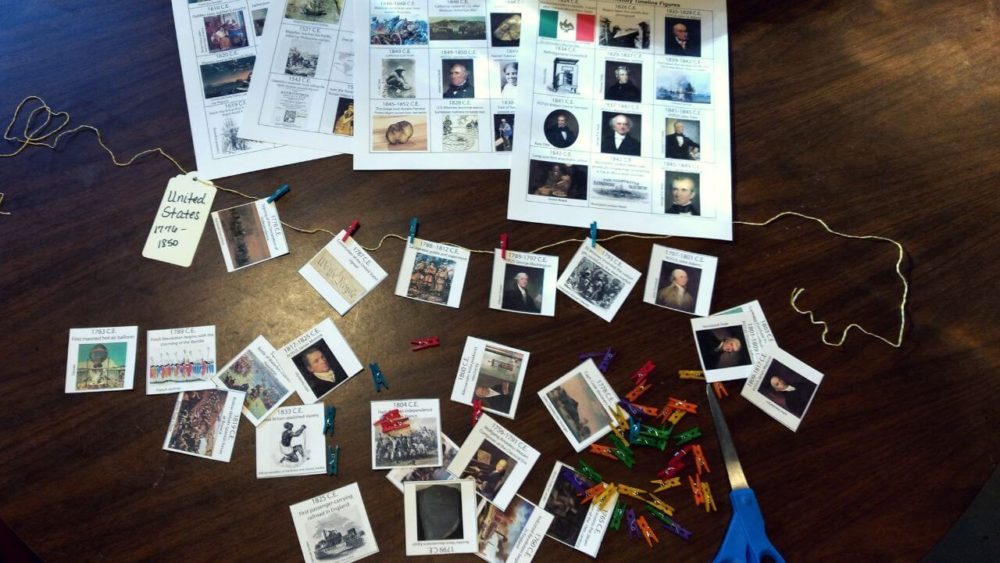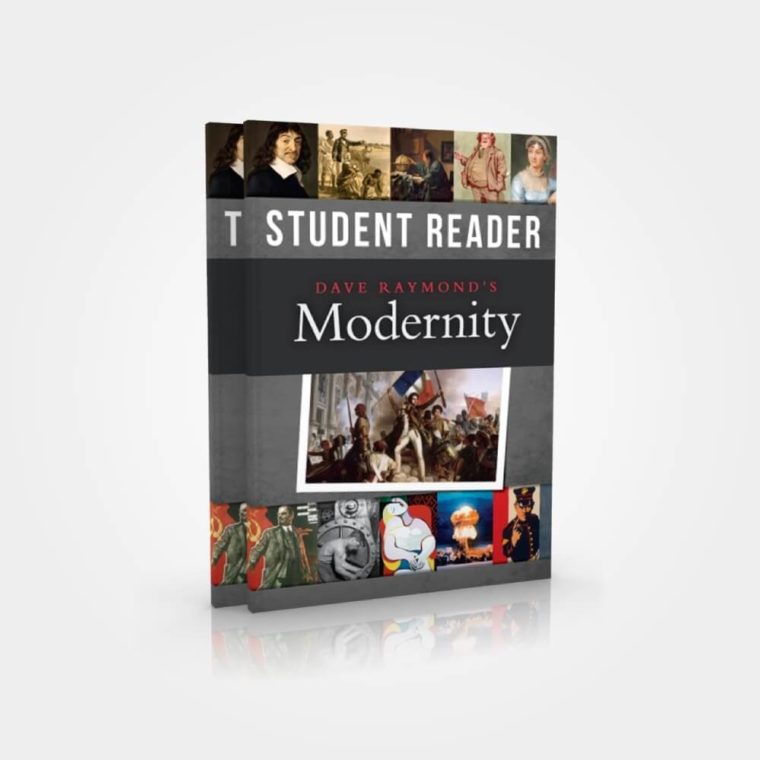
Share this post with another homeschool mom!
World history is so important. It expands our perspective of other cultures and gives us a greater understanding of how other people live.
While non-fiction books are indispensable tools to have on hand, taking a break from the textbooks and discovering history with a more hands-on approach will enrich your study of world history and the people who have shaped it.
The Value of a Library Card
Our weekly trip to the library was the main source of supplemental material used for our homeschool. We learned how to find just about everything about the historical events we were studying and the countries they were set in.
From oversized picture books to music CDs, movies, and maps, we immersed ourselves in the sounds, sights, and cultures of the places we were studying. Even with minimal prep and planning, you can expose your kids to the languages, food, dress, art, and practices of a culture.
For instance, music CDs playing during chore time, movies enjoyed on rainy days, and a stack of books available during quiet time can give your kids many little moments to gaze into this big world of people and places.

Cultural Events
If you live near a cultural center or urban area that hosts cultural events, those are great opportunities to contextualize history lessons.
Moving eyes off of pages and screens onto real people will help your children connect what they are learning about history to people who have experienced it. If that isn’t an option, it may be time to create something yourself.
One of my favorite world history activities was an annual International Dinner we participated in with our local homeschool support group. Each family would select a country to represent and choose ways to demonstrate the culture. After we shared a wonderfully eclectic meal, each family would do a short presentation on their country.
Timelines
If you have the space for it, a multi-tiered wall timeline can be an easy way to display historical events from around the world. There are many free, printable timeline figures available on the internet and lots of inexpensive ways to display them.
Your timeline can show that things were taking place in the world at the same time. One way to do this is to display timeline figures on the wall with string. You can use different colors of string for each continent or country you are studying. Hang the strings horizontally on the wall and stack them parallel to one another.
Organize your timeline events by the country they took place in, and hang them on the corresponding string in time order.

Making Memories
History lessons tend to focus on major events, and it’s sometimes difficult to understand the people who shaped and experienced those events. Because of that, we often feel disconnected from the people and simply focus on memorizing dates and themes.
It is important to choose a history curriculum that tells the stories of the world in an engaging way. Dave Raymond’s history series made history come alive for me and my kids. It tied the stories of the past directly to the greater story that God is telling throughout history. We thoroughly enjoyed using the video curriculum and supplementing with fun, memorable history activities!
Modernity – World History Curriculum
History is best understood through the dual lenses of dramatic story and godly wisdom. Dave Raymond teaches history by applying a Christian worldview to characters, events, theology, literature, art, and religious beliefs of a culture. In Modernity, the follow-up course to American History, Dave Raymond explores world history from 1500 to the present.
Share this post with another homeschool mom!













